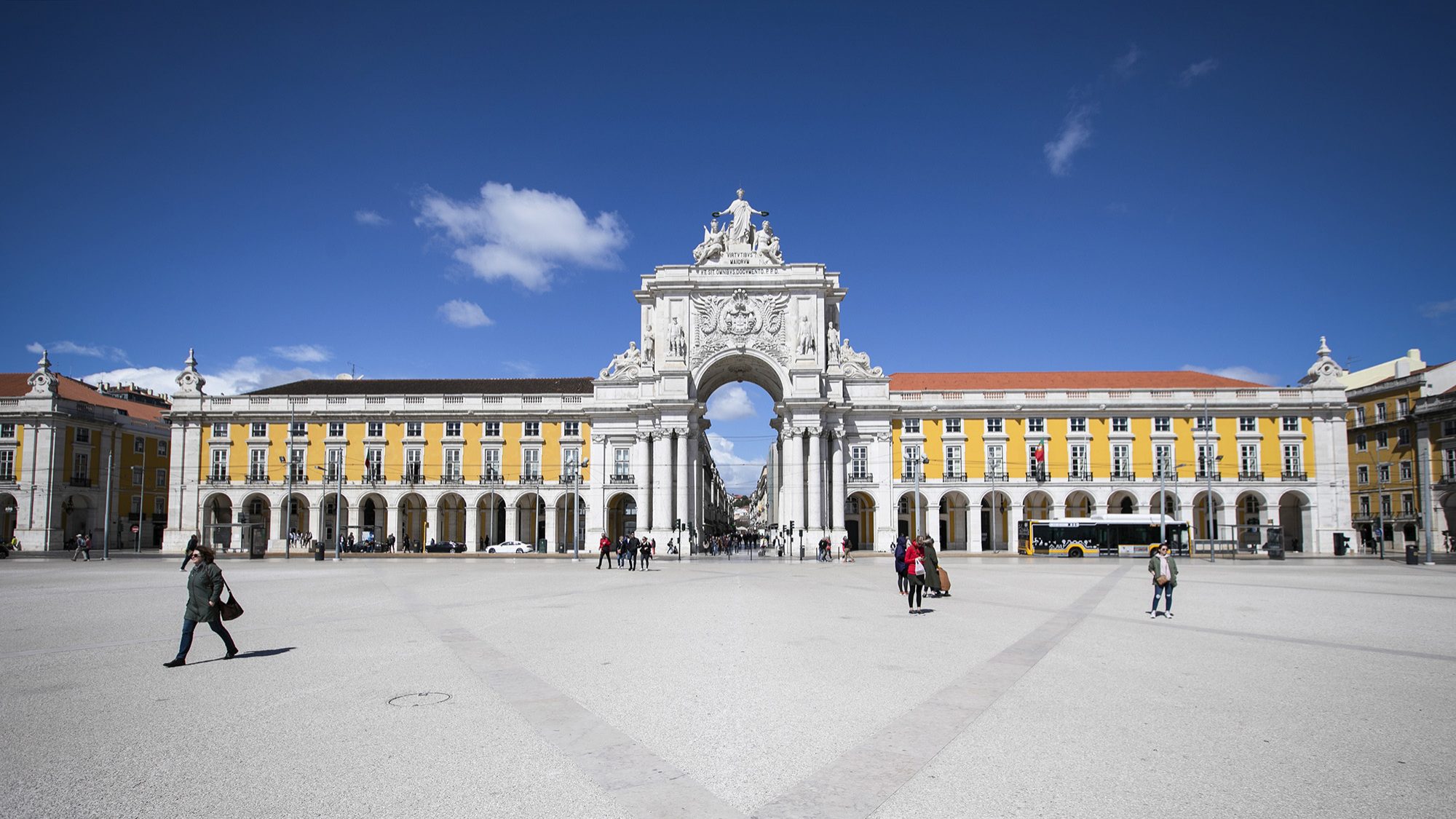Portugal’s GDP seen down 8.4% in 2020 as Q4 down 9.0% YoY
The Portuguese GDP contracted by around 8.4% in 2020, according to forecasts released on Wednesday by Lisbon's Catholic University.
Portugal’s gross domestic product contracted by around 8.4% last year, with GDP in the fourth quarter down by as much as 9.0% on the year earlier, according to forecasts released on Wednesday by Lisbon’s Catholic University.
In a statement on the estimates calculated by its NECEP Forecasting Lab, the university noted that the estimate shrinkage was “the worst record ever in the modern series of the Portuguese economy”.
The government’s official estimate is for a 8.5% contraction last year. The Organisation for Economic Cooperation and Development (OECD) estimates 8.4% and the Bank of Portugal 8.1%.
The most pessimistic forecasts are those of the European Commission and Portugal’s own budget watchdog, the Public Finance Council (CFP), which both estimate a contraction of 9.3%, and the International Monetary Fund, which calculates 10.0%.
In the fourth quarter, the NECEP estimates state, “the year-on-year change in GDP would have been -9%, which corresponds to a fall of 2.8% quarter-on-quarter” – a contraction that it said was smaller than would be expected and which it said was due to the partial lockdown in force from November.
“The fall would have been even worse in the absence of the measures to support the economy introduced from April onwards, with emphasis on support for jobs at a standstill, reduction or resumption of activity, credit moratoria, the granting of new subsidised credits and monetary stimulus measures” by the European Central Bank, the statement quotes NECEP economists as saying.
The forecasting lab notes that “in general, economic activity is evolving very asymmetrically”, with construction, industry and agriculture “holding up relatively well” while tourism “is experiencing very significant losses”. Meanwhile, retail and services are still seeing “significant asymmetries,” it said.
“Food retailing, excluding catering, resists, as does the retailing of technological goods,” the statement reads. “The rest, including clothing and footwear, and neighbourhood services are facing severe losses, although not as severe as in tourism.”
For 2021, the university’s forecasters see a 2.0% contraction in the economy due to the lockdown imposed last week; in a more pessimistic scenario, it points to a 4.0% downturn, with the most optimistic foreseeing 3.0% growth.
As for 2022 and 2023, “a return to growth is expected, although in NECEP’s view lower than that which would allow, even in 2023, a return to the level of GDP of the 4th quarter of 2019,” it states.
The “central scenario” for 2022 is thus growth of 4.5% “due to the low probability of lockdown in that year” and 3.5% growth in 2023, which would leave GDP still some 3.0% below its 2019 level.


